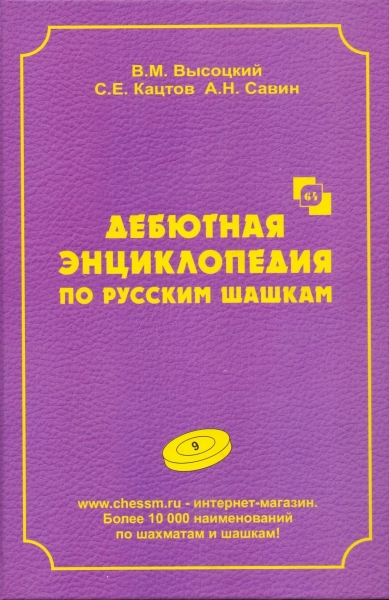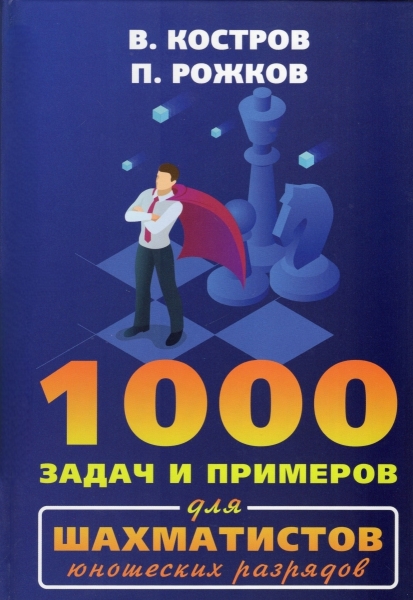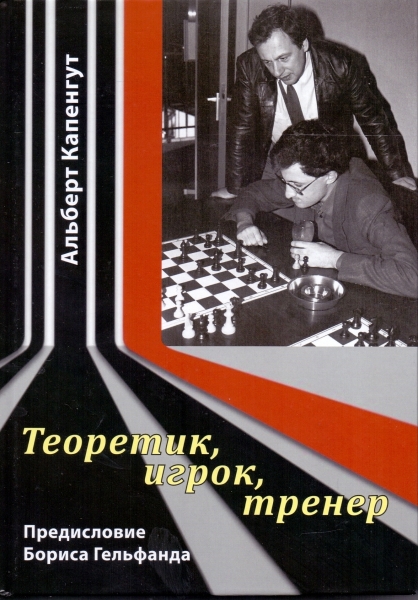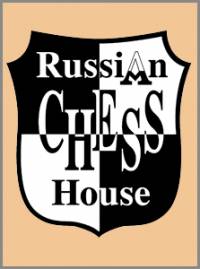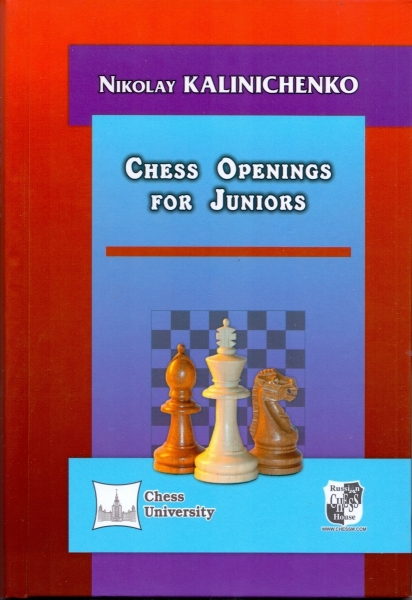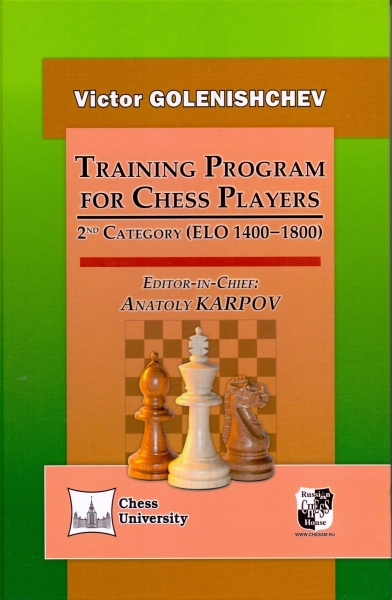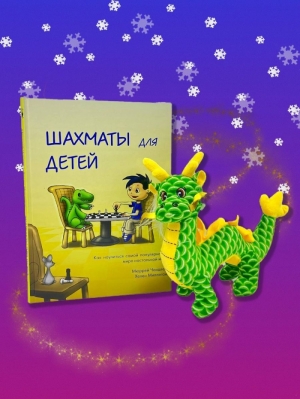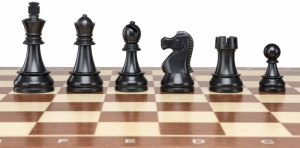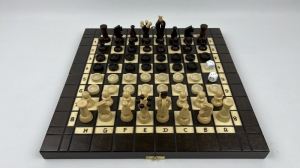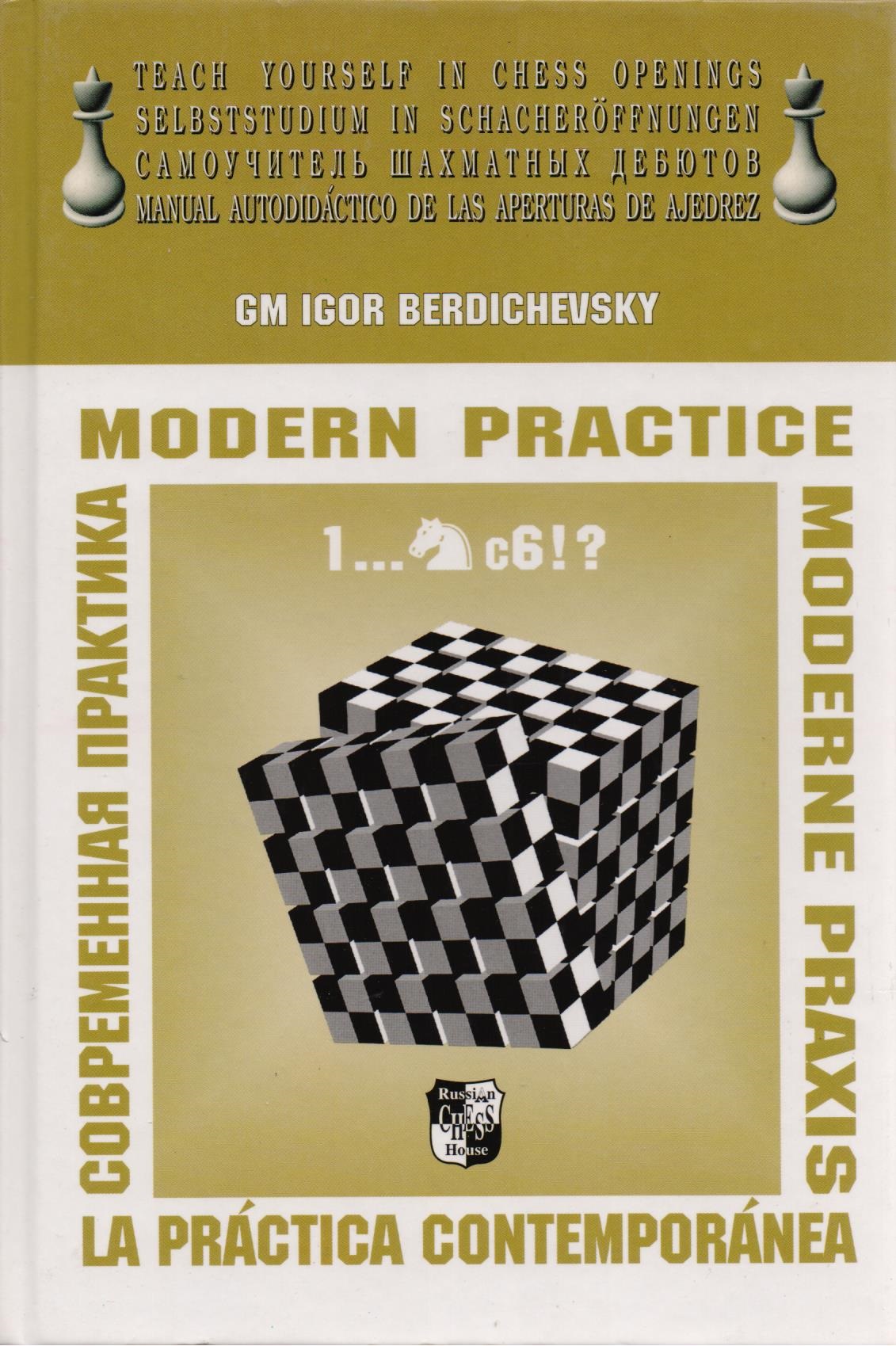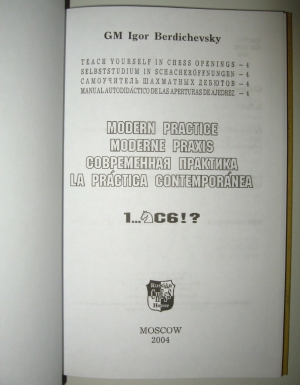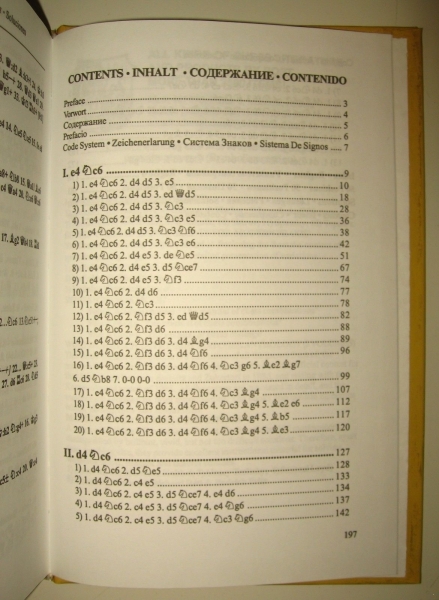Modern Practice. 1 … Nc6!?
- ISBN: 978-5-946-930215
- Publisher: Russian CHESS House
- Author(s): Berdichevsky
- Series: Modern Practice
- Year of issue: 2004
- Language: English
- Volume: 200
- Binding: Hardcover
paper book
20.4 $
Description:
The price include postage and packing.
The fourth title in the series «Teach Yourself Chess Openings, Modern Practice» is devoted to the rare and unusual opening 1 ... Nc6 in reply to either of White’s first moves – 1.e4 or 1..d4. The sequence 1.e4 Nc6 2.d4 d5. 3.e5, leading to French-type positions, occurred back in the games of Arom Nimzowitsch and received the name of the Nimzowitsch Defence. Modern praxis has significantly extended the horizons of the 1…Nc6 opening, and it ca now lead to interesting strategic situations, the pawn structures of which are typical of the most varied opening systems: French Defence, Scandinavian Defence, Ruy Lopez, Scotch Game, Pirc-Ufimtsev Defence, King’s Indian Defence, English Opening, Queen’s Indian Defence and Nimzo-Indian Defence! Of the great masters form the past who made contributions to the development of the 1…Nc6 opening, we should mention in particular Aron Nimzowitsch and Efim Bogoljubow, and of modern players – grandmasters Bent Larsen and Anthon Miles. In our times, when the theory of the opening stages is rapidly developing, the 1…Nc6 opening may prove to be a successful find for players seeking new and unusual paths from the very first moves.
-
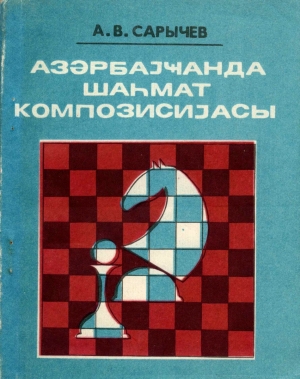 Chess composition in Azerbaijan / Азəрбаjҹанда шаhмат композисиjасы
Author:
Chess composition in Azerbaijan / Азəрбаjҹанда шаhмат композисиjасы
Author:
Sarichev 62.50 $ -
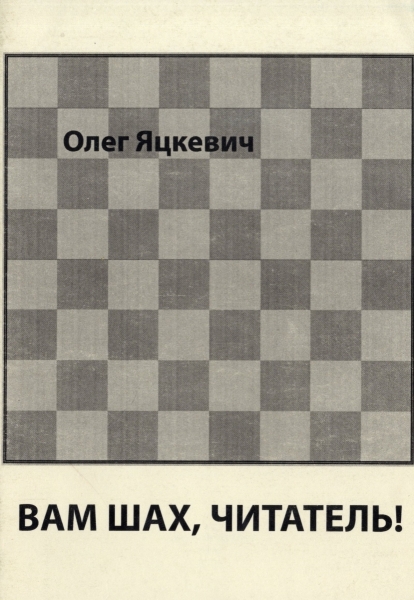 Check it out for you, reader
Author:
Check it out for you, reader
Author:
Yatskevich 15.00 $ -
 Notebook of the chess player of the Russian Chess Federation
4.25 $
Notebook of the chess player of the Russian Chess Federation
4.25 $
-
 Lessons of Mastery. Second edition, revised
Author:
Lessons of Mastery. Second edition, revised
Author:
Dvoretsky 18.75 $ -
 Alexandra Goryachkina: On the way to the chess Olympus
Author:
Alexandra Goryachkina: On the way to the chess Olympus
Author:
Kryakvin 18.75 $ -
 Complete Encyclopedia of Health by Dr. Zalmanov
Author:
Complete Encyclopedia of Health by Dr. Zalmanov
Author:
Zalmanov 16.00 $ -
 Invitation Fide candidates tournament 2020
92.50 $
Invitation Fide candidates tournament 2020
92.50 $
-
 64 chess review No. 1,2,3,4,5,6,7,8,9,10,11,12 for 2024 (Price per issue)
5.00 $
64 chess review No. 1,2,3,4,5,6,7,8,9,10,11,12 for 2024 (Price per issue)
5.00 $
-
 Antique pre-revolutionary wooden chess
187.50 $
Antique pre-revolutionary wooden chess
187.50 $
-
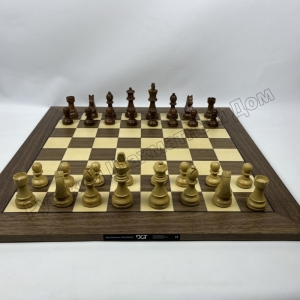 DGT Timeless Wooden weighted Chess Set Handcrafted with Non-Folding Board
600.00 $
DGT Timeless Wooden weighted Chess Set Handcrafted with Non-Folding Board
600.00 $
 Русский
Русский  Английский
Английский 